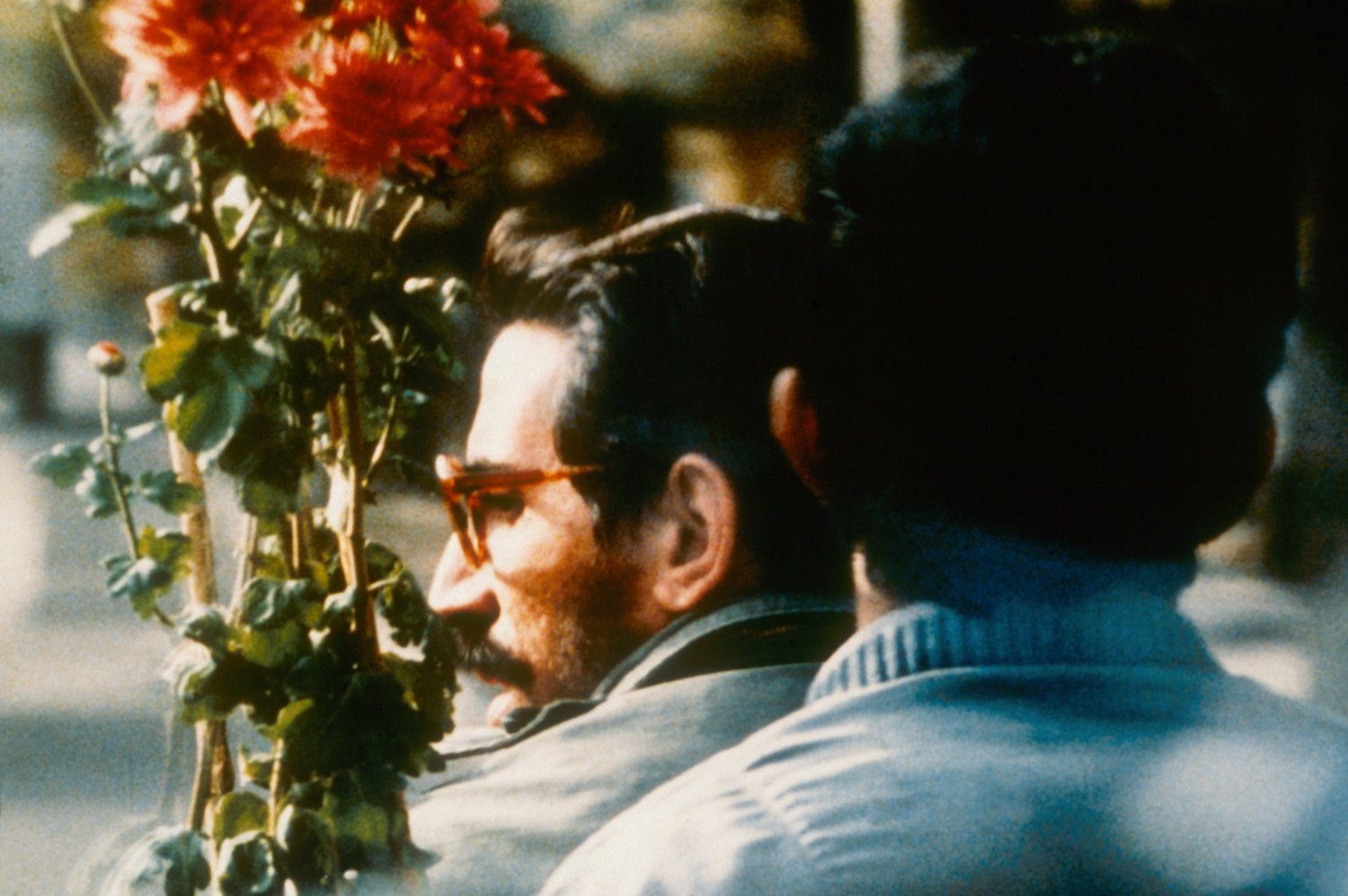Sabzian is a free international film magazine offering in-depth and many-voiced reflection on contemporary film experience and culture through online and offline publications, screenings and events. As a source and driving force of independent reflection on cinema, Sabzian builds a bridge between national and international cinephilia, between past and present, between individual and collective imagination. New and historical texts, translations, interviews and news items appear weekly, mainly in Dutch, French and English. Sabzian’s Agenda maps the Belgian cinephile landscape.
Sabzian was founded in 2014 by a group of Belgian filmmakers from the conviction that reflection and criticism, writing and speaking about film, are inextricably linked to the art of cinema and the practice of filmmaking. One cannot look at the vitality of cinema as an artform without considering its collective meaning, without the groups and communities of filmmakers, spectators and readers who, through intense dialogue, keep the silhouettes on the screen alive by providing them with words.
A film magazine is an act of imagination and shows a belief in and love for cinema. According to the Australian film critic Adrian Martin, cinephilia does not have an essential form or substance. He described it as a “tactical, cultural war machine” with questionable mobilising power and effectiveness. “Cinephilia is the history of a hundred failed revolutions,” Martin wrote. “Sometimes the Great War is almost wholly imaginary; it’s happening in the columns of a little magazine somewhere, or in the program of an obscure film club. Maybe the heat-seeking missile launched by cinephilia mostly hits nothing. But the stories, the histories of cinephilia as motivating passion are there for good, if they have been somehow written or documented or caught, if the testament is there, and we can catch them in another time or place.” Sabzian is one of those hundreds of attempts to take reflection on cinema seriously, away from projected certainties, as an ongoing history of forms and narratives, in order to broaden the spectrum of cinema futures without end.

The name Sabzian refers to the protagonist in the Iranian filmmaker Abbas Kiarostami’s film Nema-ye nazdik [Close-Up] (1990). The film followed from an unusual fait divers that Kiarostami stumbled upon in a newspaper. A young unemployed person from Tehran, Hossein Sabzian, posed as the well-known filmmaker Mohsen Makhmalbaf, misled an entire family, was arrested and eventually forgiven by his victims. He had no criminal intentions. He appropriated the filmmaker’s identity out of a love for cinema. Kiarostami re-enacts these events with the same people, juxtaposes it with footage of Sabzian’s trial. “Cinema is important to me,” said Hossein Sabzian. “It’s like a prism. A good film . . . is part of my life. With every good film I see, I feel reborn.” Isn’t Sabzian the true cinephile figure, completely absorbed in the prism of film, trying to break into reality by way of cinema?

